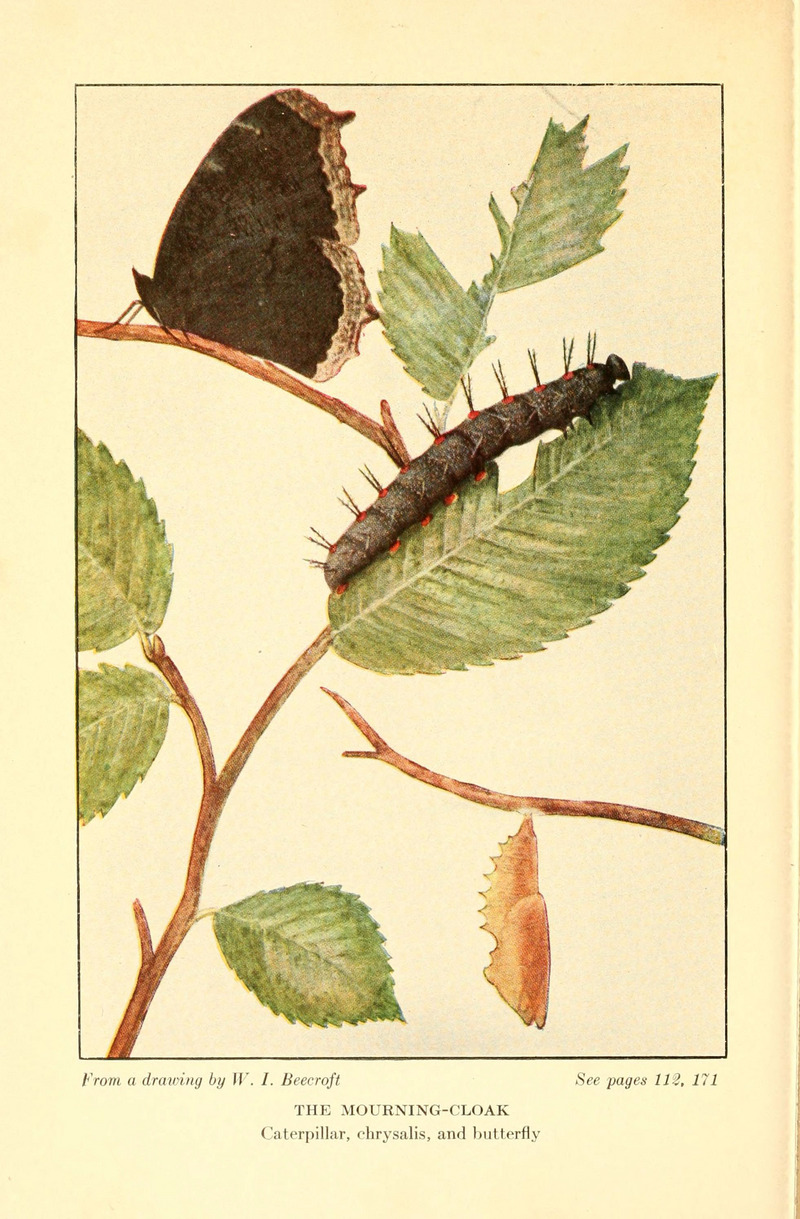|
| Query: Large white | Result: 1178th of 2106 | |
Camberwell beauty, mourning cloak (Nymphalis antiopa)
| Subject: | Camberwell beauty, mourning cloak (Nymphalis antiopa)
| | Poster: | Wiki Photos (---@---.---)
| |

| Resolution: 1961x2988
File Size: 849482 Bytes
Date: 2011:10:07 11:01:28
Upload Date: 2017:05:04 11:17:27
|
ERROR : Server Busy(-1105)
ERROR : Server Busy(-1105)
Camberwell beauty, mourning cloak (Nymphalis antiopa)
From a drawing by W. I. Beecroft (Willey Ingraham Beecroft)
THE MOURNING-CLOAK
Caterpillar, chrysalis, and butterfly
See pages 112. 171
Date 1917
Source http://www.flickr.com/photos/biodivlibrary/6220530730
Author Weed, Clarence Moores
Full title ...Butterflies worth knowing, by Clarence M. Weed... illustrated by forty-eight plates, thirty-two in color.
Species: Nymphalis antiopa
Source: https://commons.wikimedia.org/wiki/File:...Butterflies_worth_knowing_(6220530730).jpg
Nymphalis antiopa, known as the mourning cloak in North America and the Camberwell beauty in Britain, is a large butterfly native to Eurasia and North America. The immature form of this species is sometimes known as the spiny elm caterpillar. Other older names for this species include grand surprise and white petticoat. |
^o^
Animal Pictures Archive for smart phones
^o^
|
|

